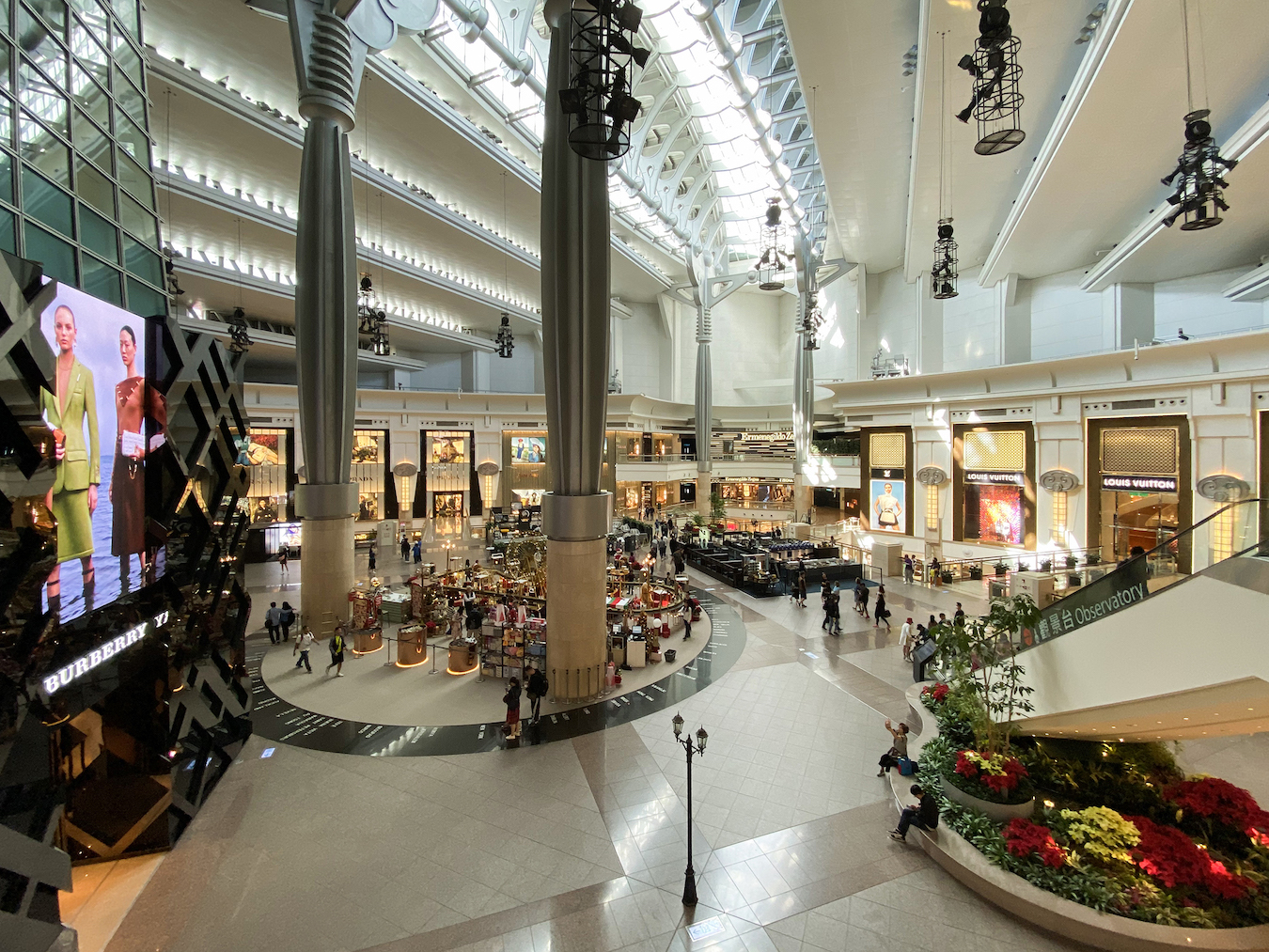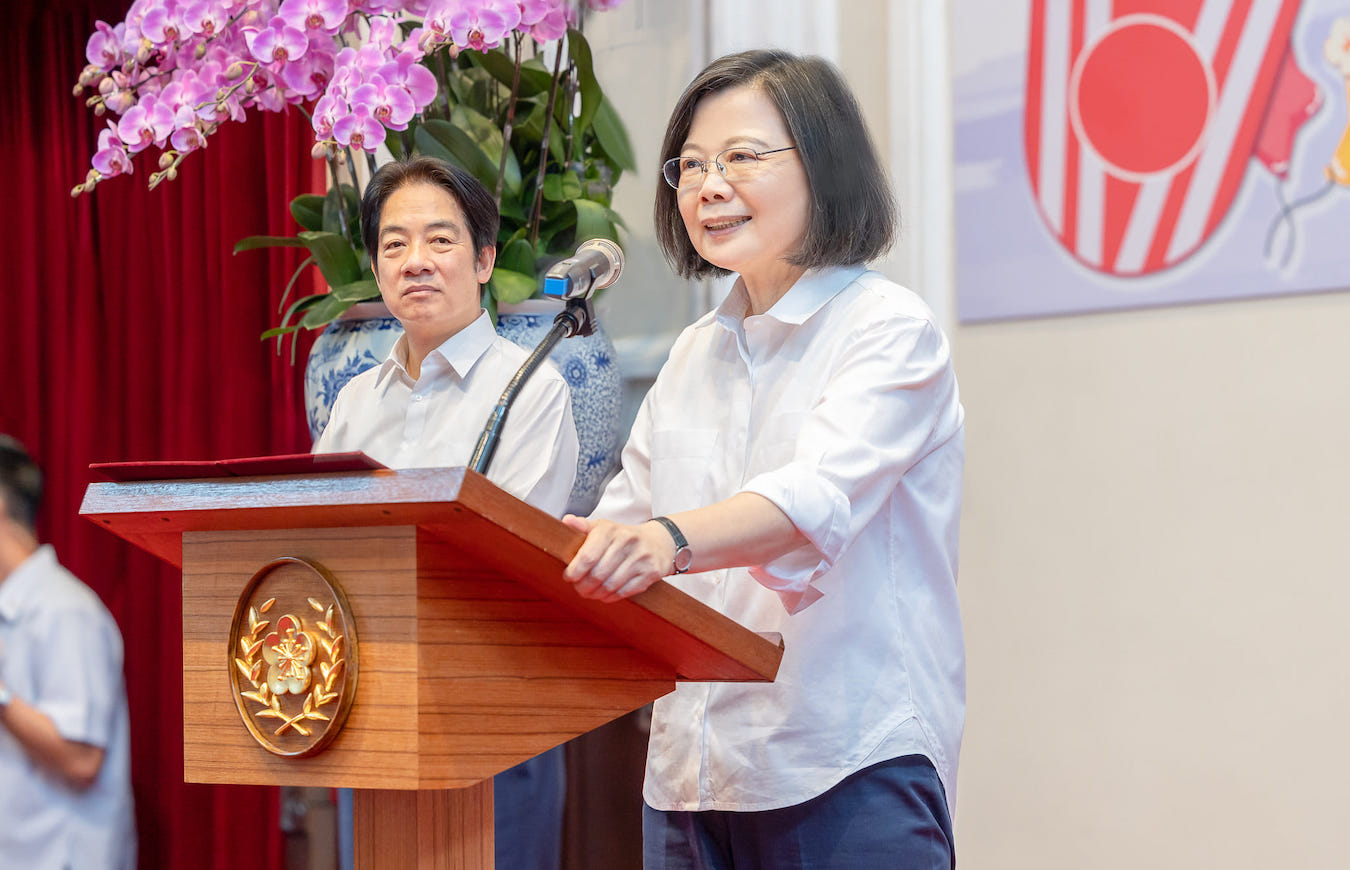by Brian Hioe
語言:
English
Photo Credit: Peellden/WikiCommons/CC BY 3.0
THE CHINESE GOVERNMENT recently announced a list of 78 countries in which tour groups will now be allowed to travel to. This includes a number of frequent travel destinations for Chinese tourists that China is otherwise geopolitically at odds with, such as the US, South Korea, Japan, and the UK. Notably, in response to the announcement, stocks for travel companies in these countries immediately rose, a sign of how Chinese tourists are considered big spenders in a number of sectors.
This did not include one prominent destination for Chinese tourists, however–that is, Taiwan. Taiwan saw significant tourist travel from China in past years, particularly under the Ma administration. At its peak in 2015, Taiwan saw visits by 4.2 million Chinese tourists, with Chinese tourists being the largest international tour demographic to visit Taiwan, though this was offset by tourism from other countries at the time.
However, the Chinese government began declining the number of tourists allowed to visit Taiwan after the Tsai administration took power in 2016. This was a means of retaliating against the Tsai administration for its refusal to accept China’s political claims over Taiwan, even as both sides tried to frame the other as responsible.
 Photo credit: Wpcpey/WikiCommons/CC BY 4.0
Photo credit: Wpcpey/WikiCommons/CC BY 4.0
In particular, seeing as Chinese tourism constituted such a large portion of the international tourist market for Taiwan, the Chinese government has historically tried to depict the Taiwanese economy as wholly dependent on Chinese tourism. The impression that the Chinese government tried to convey, then, was that by electing an administration of the historically independence-leaning DPP rather than the historically unification-leaning KMT, Taiwan’s economy would tank with the resultant decline in Taiwanese tourists. The decline in Chinese tourist numbers, then, was framed as the fault of the Tsai administration for its stances.
Efforts by the Chinese government to politically influence Taiwan through tourism continue, then, as illustrated by the conspicuous absence of Taiwan in the list of places that Chinese group tours are allowed to. China previously banned individual tourism to Taiwan in 2019, shortly before 2020 elections, making it difficult for Chinese to visit Taiwan.
For its part, the Tsai administration has stated that it is open to resuming Chinese tour groups, lifting the reciprocal ban that both sides had on Chinese tourism, while emphasizing that it is the Chinese government that has not allowed for Chinese group tourism. One has seen similar contention regarding Chinese students, in that the Chinese government is not willing to allow further undergraduate study in Taiwan, but both sides pin the blame on each other for not allowing for further student exchanges.
However, it is probable that the narrative that China tried to engender in the past–through framing the Taiwanese economy as wholly dependent on Chinese tourism–no longer holds. Namely, businesses that cater to Chinese tourists are relatively segregated from the rest of the economy.
Furthermore, in the wake of COVID-19, Taiwan saw no tourism whatsoever, not simply just an absence of tourism from China, yet the economy was able to hold on nonetheless–indeed, Taiwan even saw growth in some sectors during this time, such as with regards to exports. It is possible that COVID-19 put to rest the framing from the Chinese government that the Taiwanese economy depended on tourism.
 Taiwanese president Tsai Ing-wen (right) and vice president William Lai (left). Photo credit: Tsai Ing-wen/Facebook
Taiwanese president Tsai Ing-wen (right) and vice president William Lai (left). Photo credit: Tsai Ing-wen/Facebook
Tour industry groups have called for a resumption of Chinese tourism and sought to pressure the Tsai administration to this effect, as though it were the Tsai administration’s call on the matter. The pan-Blue camp has also called for a resumption of Chinese group tourism, particularly with the intent of appealing at the local level to businesses that benefited from Chinese tourism. Nevertheless, as Chinese tourists were sometimes viewed as disorderly, noisy, and polluting local areas, it is also possible that some welcome the absence of Chinese tourism.
It is to be expected that the pan-Blue camp may lean into calls for resuming Chinese tourism, in line with how the KMT now calls for a return to policies of economic engagement with China that took place under the Ma administration. This occurs in spite of significant pushback against such policies during Ma’s tenure. As such, Chinese tourism may come up as part of this issue. Overall, the pan-Green camp has come under fire for perceived sluggishness in economic growth and if the tourism issue comes up, it may be part of proposed measures to revitalize the economy. But in itself, tourism is not likely to play a role as a significant campaign issue divorced from this cross-strait frame.
The continued tourism ban takes place in a similar timeframe to trade contention between Taiwan and China, with China accusing Taiwan of unfair trade practices in keeping out Chinese goods and later announcing a ban on Taiwanese mangoes, citing that pests were found. Previous bans by China on Taiwanese products ranging from grouper to pineapple, custard apple, and wax apple, too, were thought to be politically motivated though they were claimed to be also due to pests. Taiwanese authorities have pointed to the timing of these actions to coincide with the date of elections to highlight how such actions are politically motivated.

